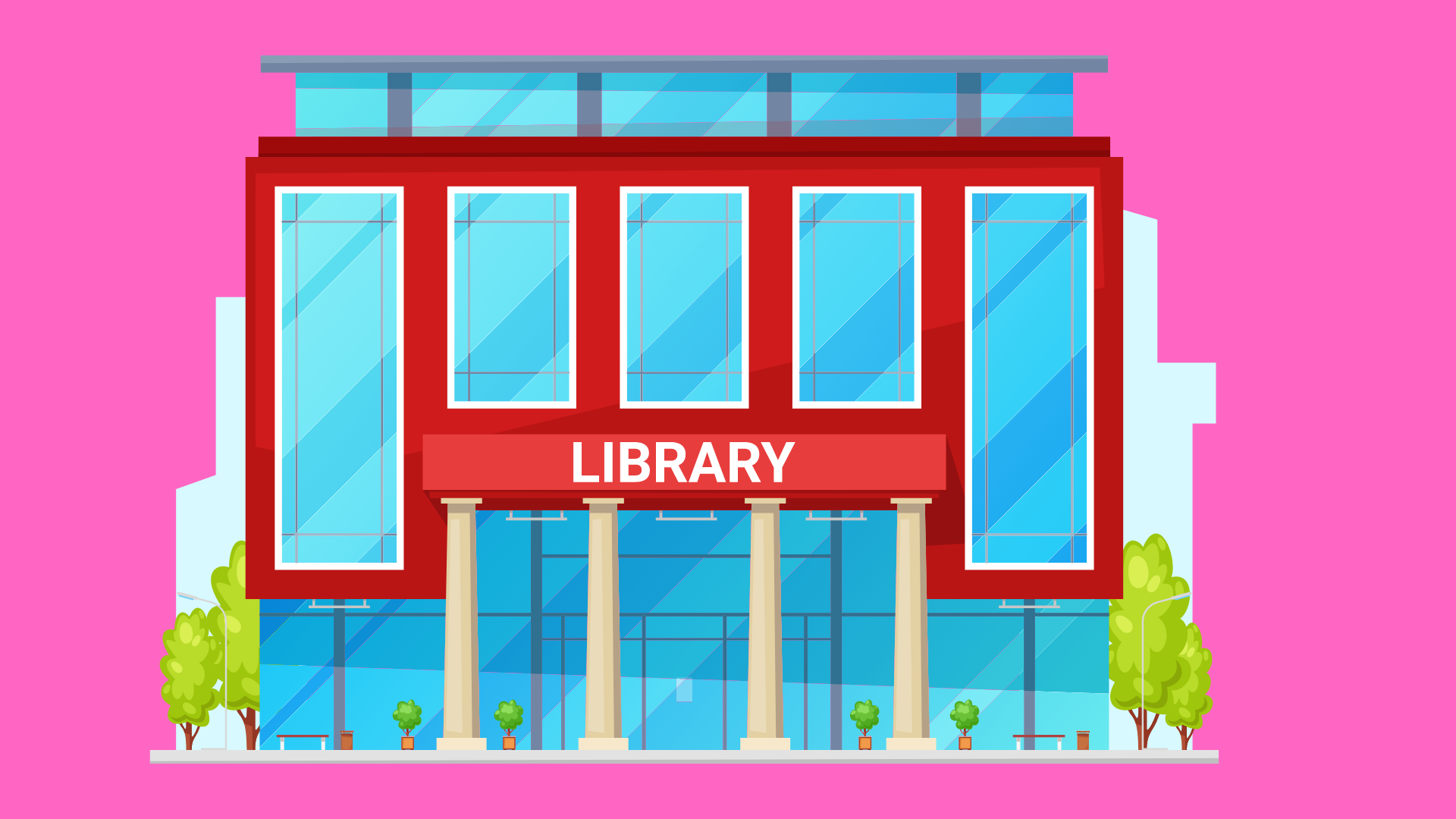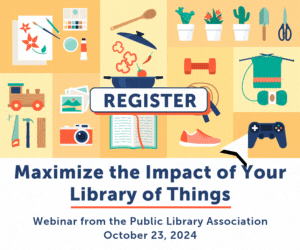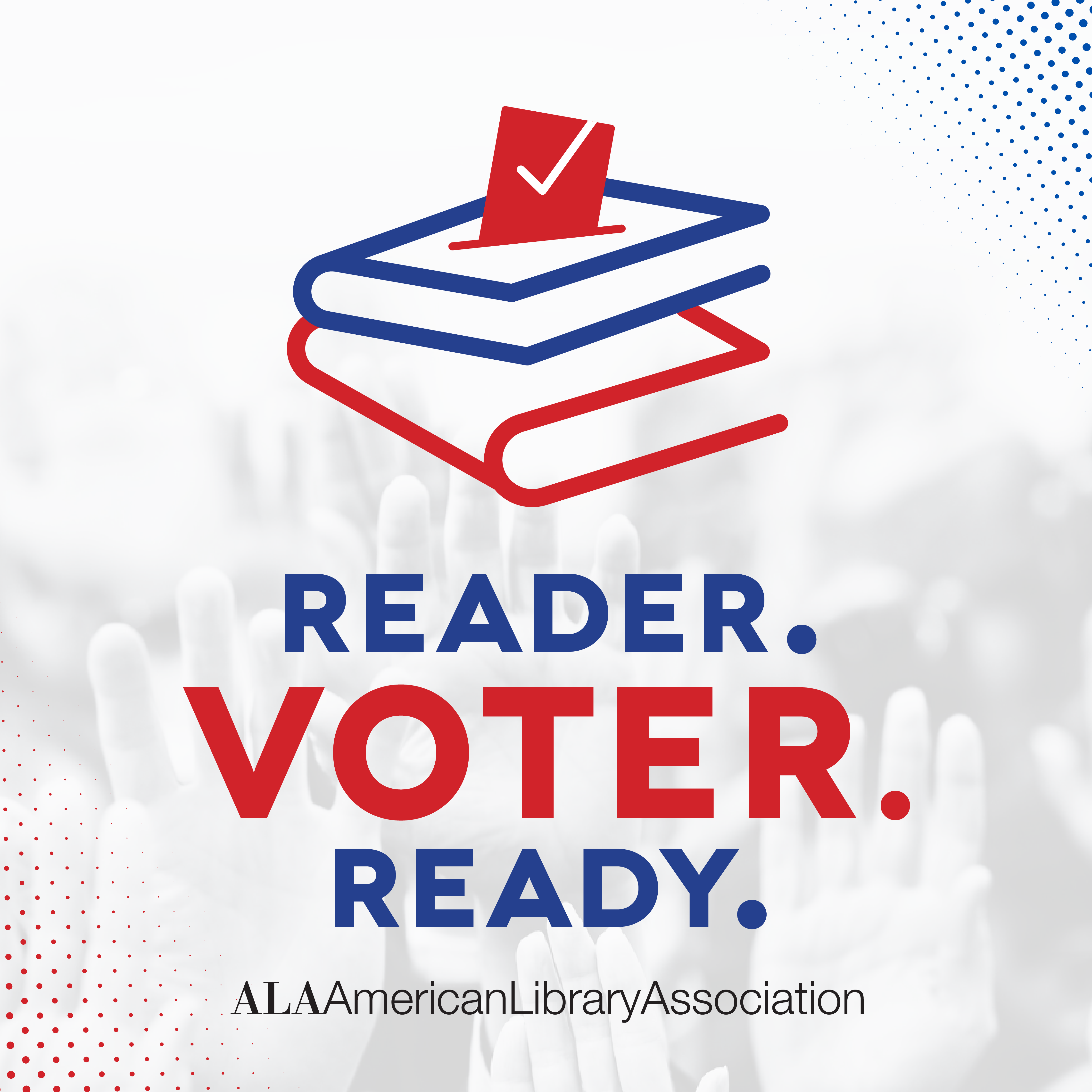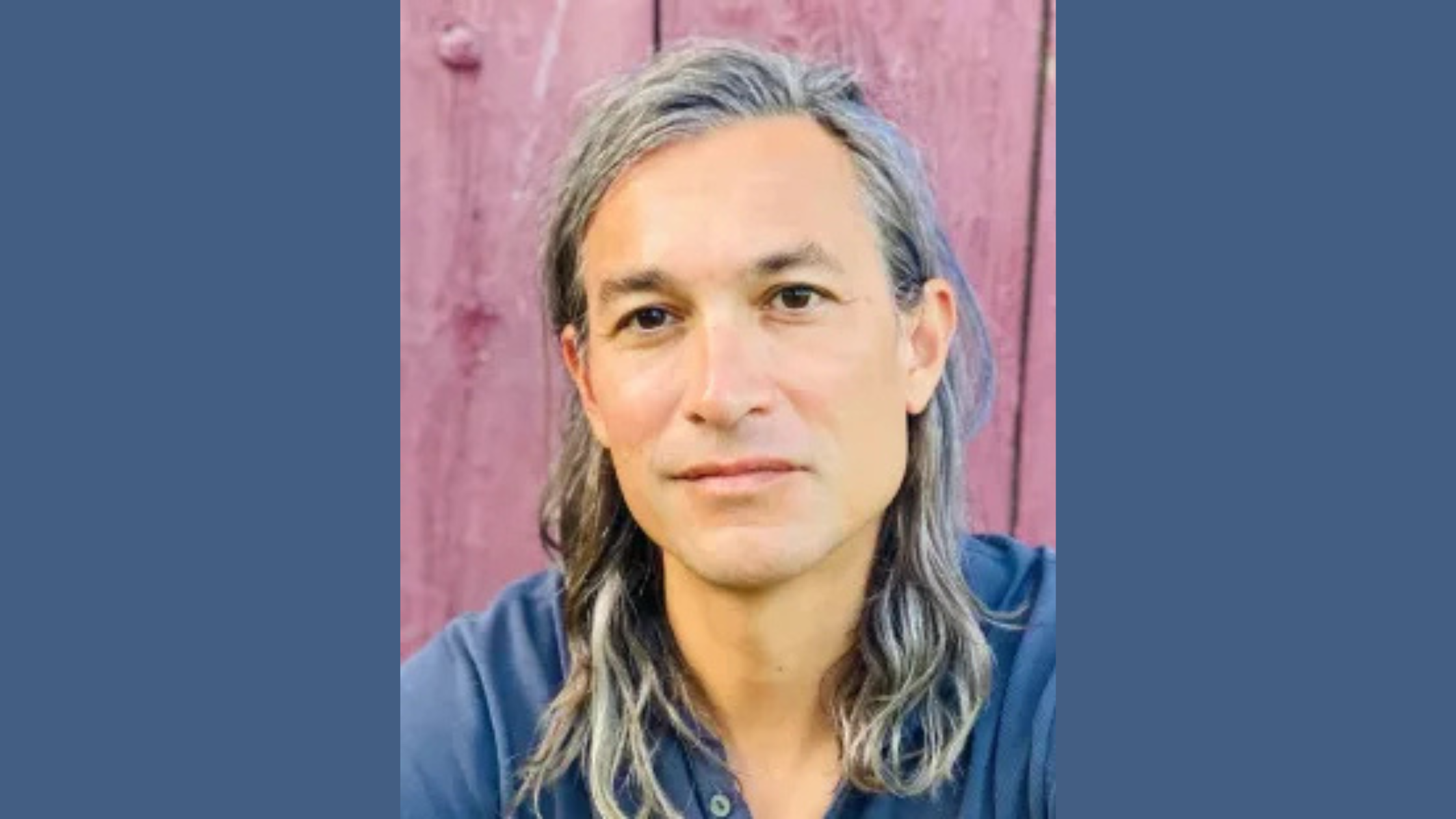Library Spaces and Well Building Ideals

“We shape our buildings; thereafter, they shape us.” – Winston Churchill
According to a report by the Environmental Protection Agency (EPA), Americans spend about 90% of their time inside buildings. Based on data for the 20-21 fiscal year, the total number of computer sessions in my library system was 77,769, with each session lasting, on average, forty minutes. This means that the residents spend more than 50,000 hours at the public library in a given year, making the public library one of the most popular indoor spaces. As a part of the White House Infrastructure Package, S. 127 & H.R. 1581, or, the Build America’s Libraries Act (BALA) was introduced on January 28, 2021. S. 127 & H.R. 1581 would provide five billion dollars to repair, modernize, and construct library facilities in underserved and marginalized communities. Kathi Kromer wrote an article for PL Online in March discussing the Building America’s Libraries Act (BALA).
I reached out to Jason Hartke, the Executive Vice President, External Affairs at International WELL Building Institute (IWBI), who was kind enough to share some thoughts on the BALA and how libraries can actively make their spaces with human health and wellbeing in mind. This interview has been edited for length and clarity.
PL: I see that you have a Ph.D. in Public Policy. How did you wind up doing work focused on buildings?
JH: I’ve been working for almost two decades and I’ve always been focused on accelerants: various market transformation levers that can help us go faster – from partnerships to policies to innovative programs. This background in advocacy and implementation has been a perfect match for the International WELL Building Institute (IWBI), where I’ve been leading our advocacy work.
PL: The Build America’s Library Act (BALA) is looking to put a five billion dollar investment into updating public libraries in order to combat climate change, COVID-19, problems with broadband access, or accessibility issues; how could the International WELL Building Institute (IWBI) assist with these changes?
JH: The case for this investment in libraries has always been that we can help concurrently advance our shared health, sustainability, and resilience goals. We do this using the WELL Building Standard (WELL), a roadmap for creating and certifying spaces that advance human health and well-being. We have worked for almost a decade to translate research into practice, operationalizing an evolving evidence base that helps us better understand the relationship between the physical environment and human health.
PL: Since BALA is one of the first large-scale federal investments into public libraries; do you believe that five billion dollars is a large enough investment to make a difference?
JH: While I wish it were more, I think the five billion will make a significant difference. We have the know-how to not only help libraries leapfrog forward but also do so in a cost-effective way by adopting proven solutions that can help them lead on health and climate.
PL: BALA is looking to combat many issues ranging from making buildings safer and more accessible as well as increasing public access to broadband. Do you think that having such a broad approach will help libraries address multiple issues or be too broad to be successful?
JH: These facilities will know what their most pressing needs are and how best to address them. There is tremendous synergy between implementing leadership sustainability measures alongside important health strategies. Those strategies will help libraries reduce energy and save money while also improving the health and safety of those inside.
PL: One of the things that the WELL institute looks at is ensuring that groups don’t “well wash” or merely talk about health and wellness without doing anything substantive; how can the WELL institute help libraries ensure that these investments have an impact and aren’t just performative?
JH: The latest version of the WELL Building Standard (WELL v2) is the most accessible, adaptable, and equitable rating system, anchored by the latest scientific research and industry best practices, serving as the foundation upon which the entire WELL ecosystem is built. I think the market, both in public and private sectors, has long recognized how rigor and accountability go hand in hand.
PL: When looking at the wellness of public spaces, which groups do you think are the most underserved?
JH: Through policy and partnership; we have done a lot of work to elevate priority sectors, like schools, senior and assisted living facilities, public buildings and affordable housing, where these benefits can reach those most in need.
PL: These funds are being distributed through a competitive grant process, but rural and impoverished areas lack staff to apply and follow up with many government grant requirements. What can these libraries do to increase their odds of winning funds? What can the Institute of Museums and Libraries do to ensure that the grants go to the neediest libraries?
JH: I think we all have an obligation to work together to ensure that all libraries everywhere have the ability and the resources to advance winning proposals.
More information about the BALA can be found here. A current list of IMLS grants can be found here.
Tags: BALA, well building library spaces









